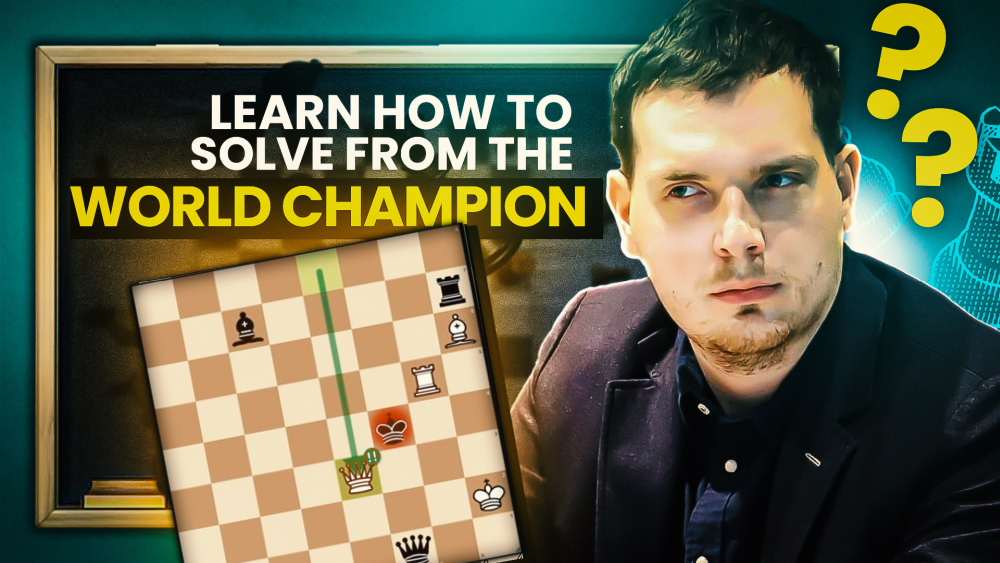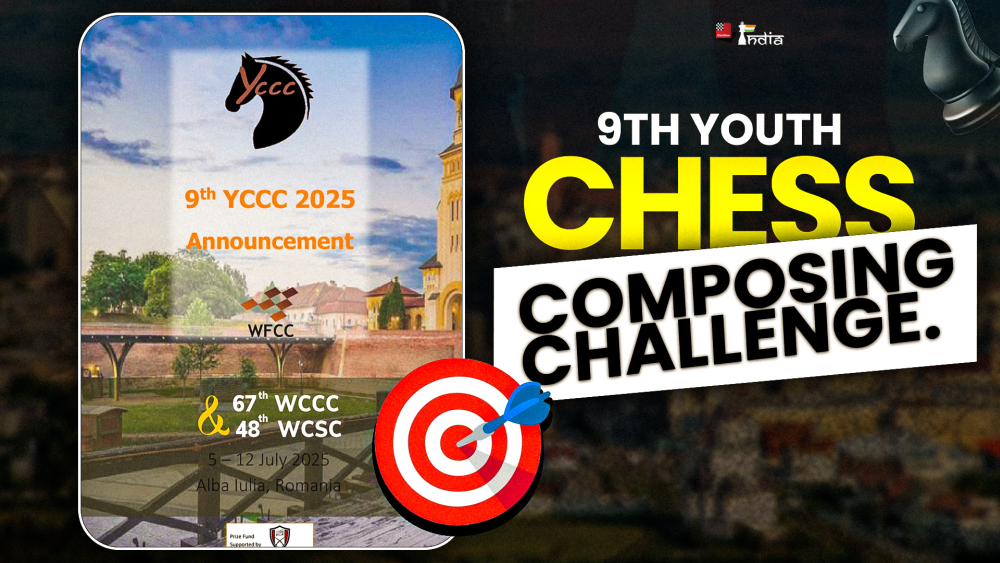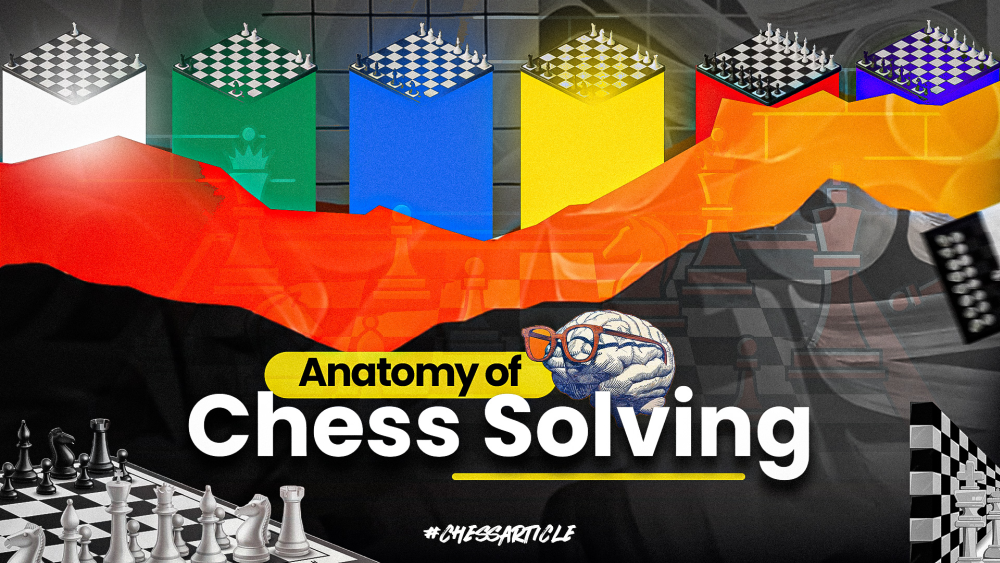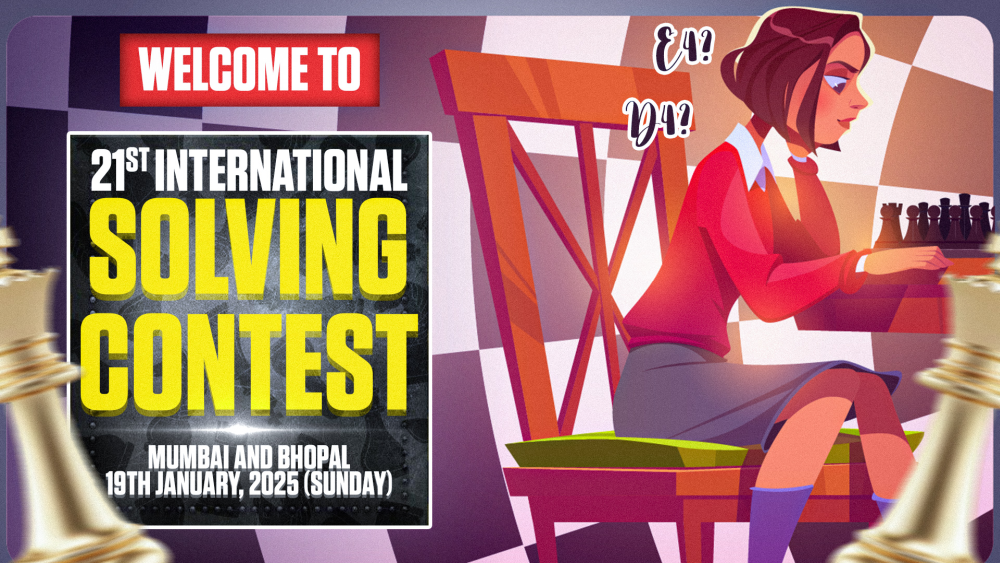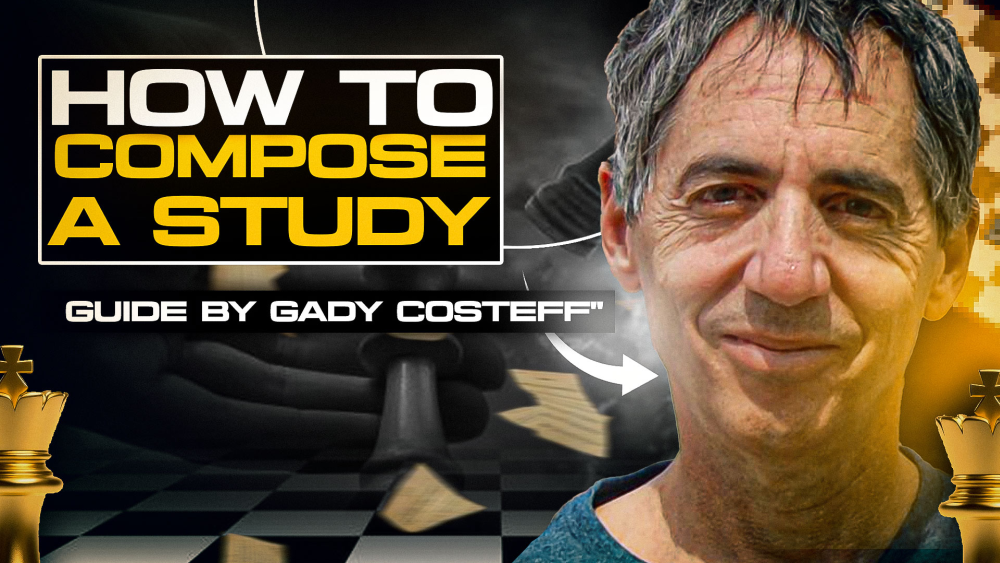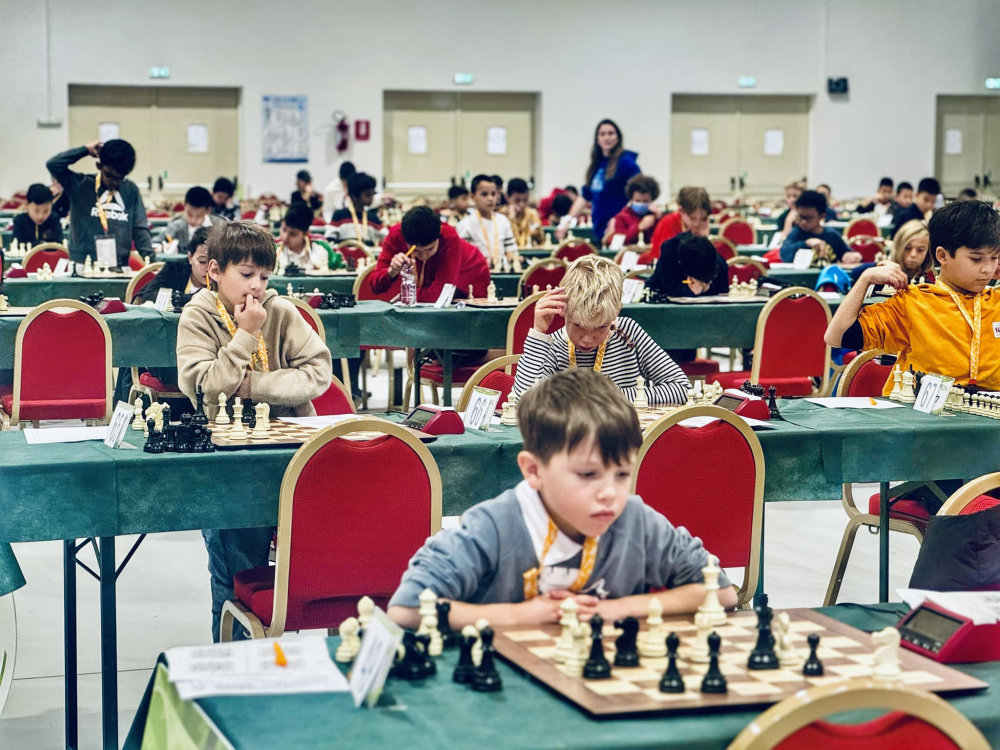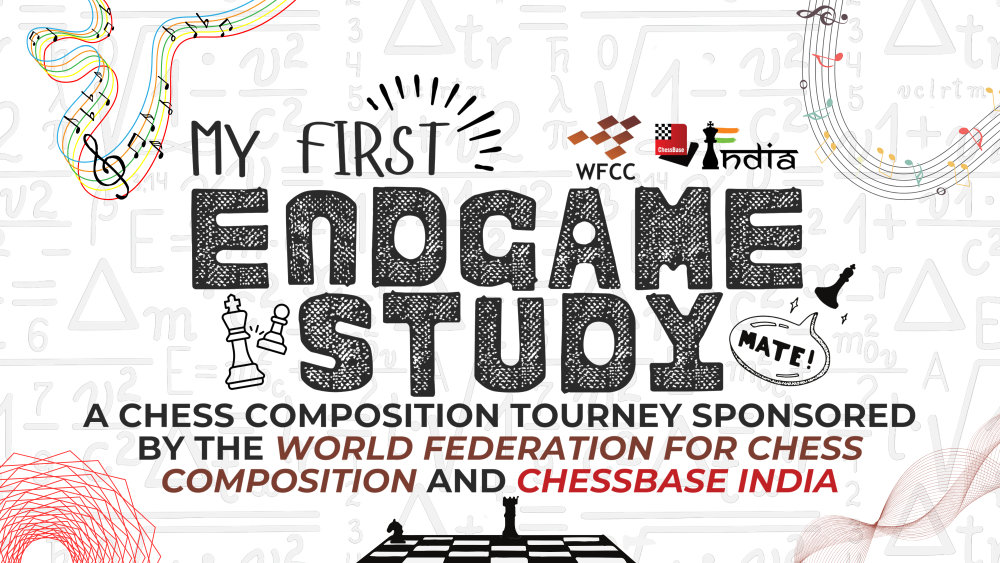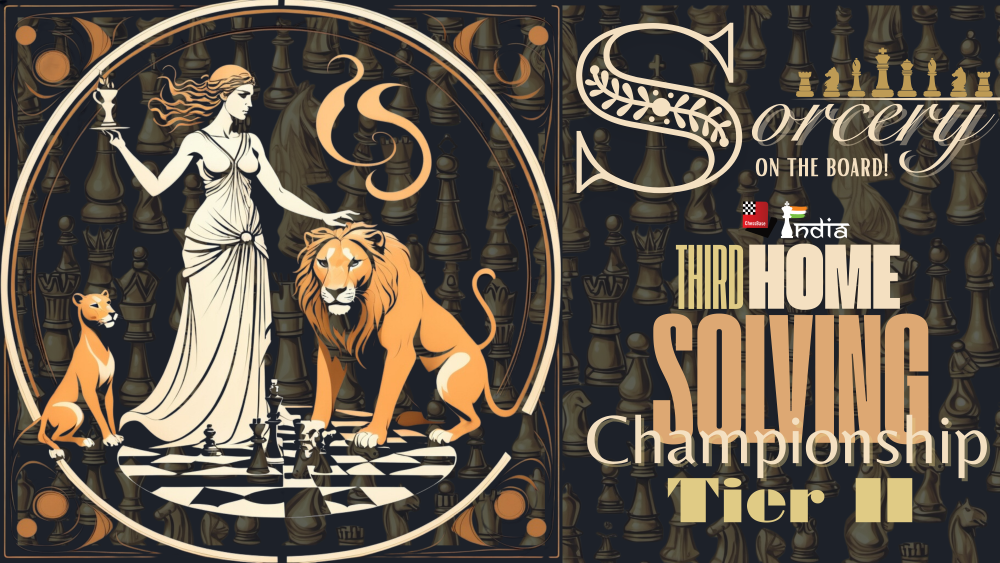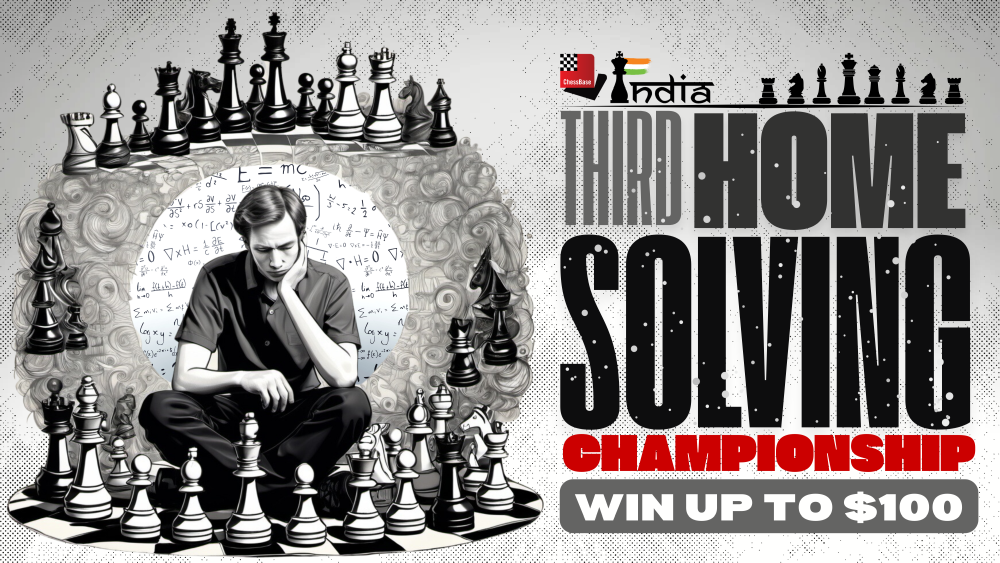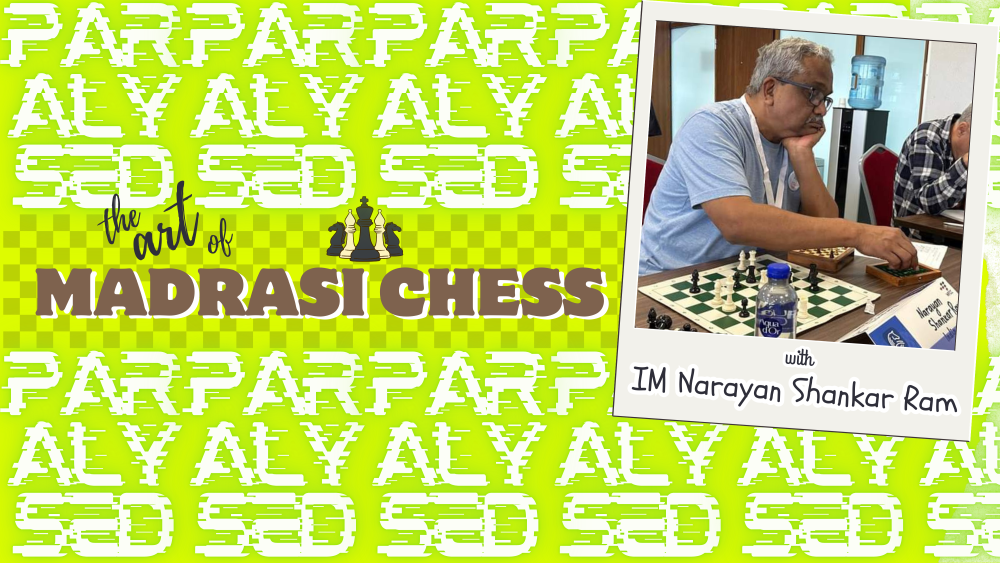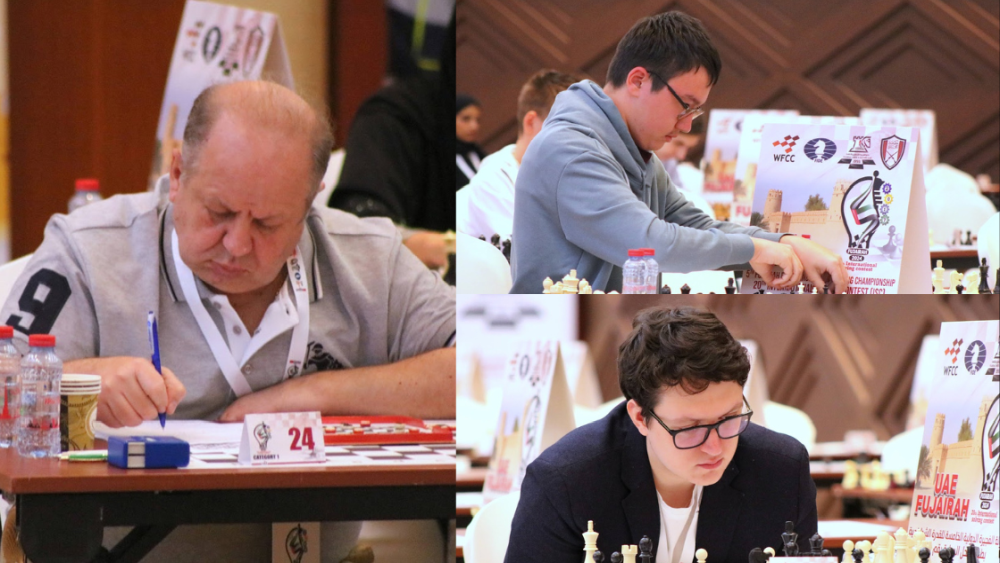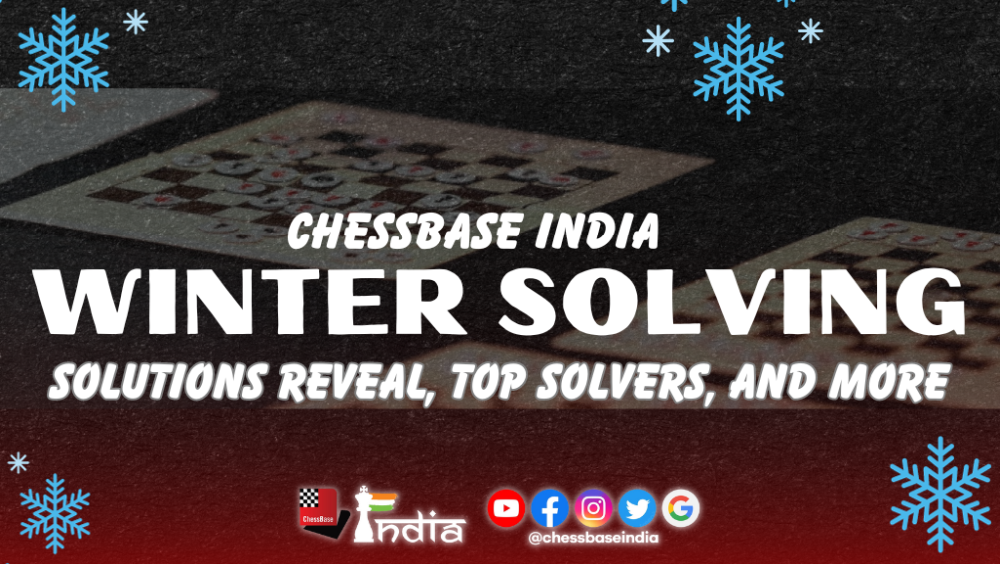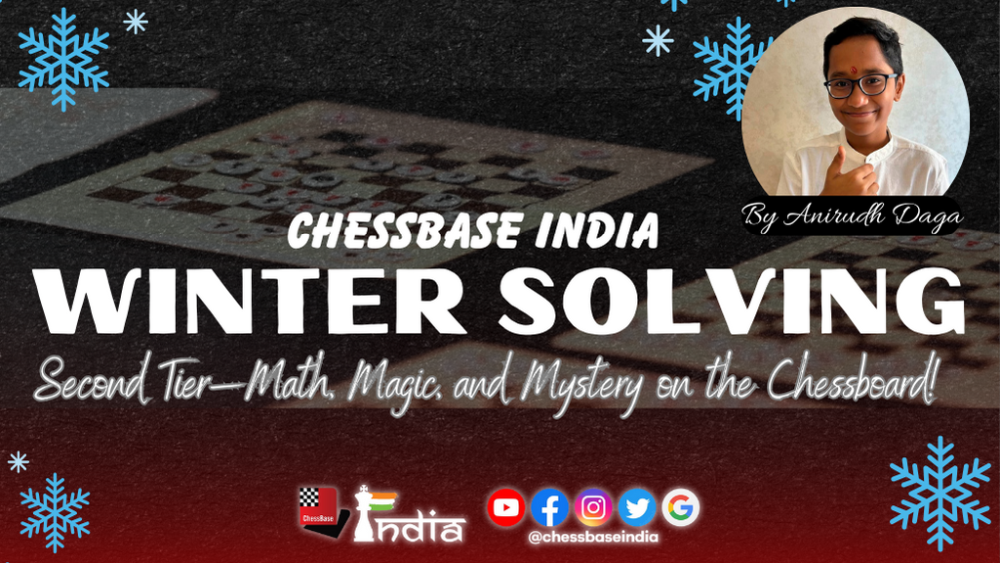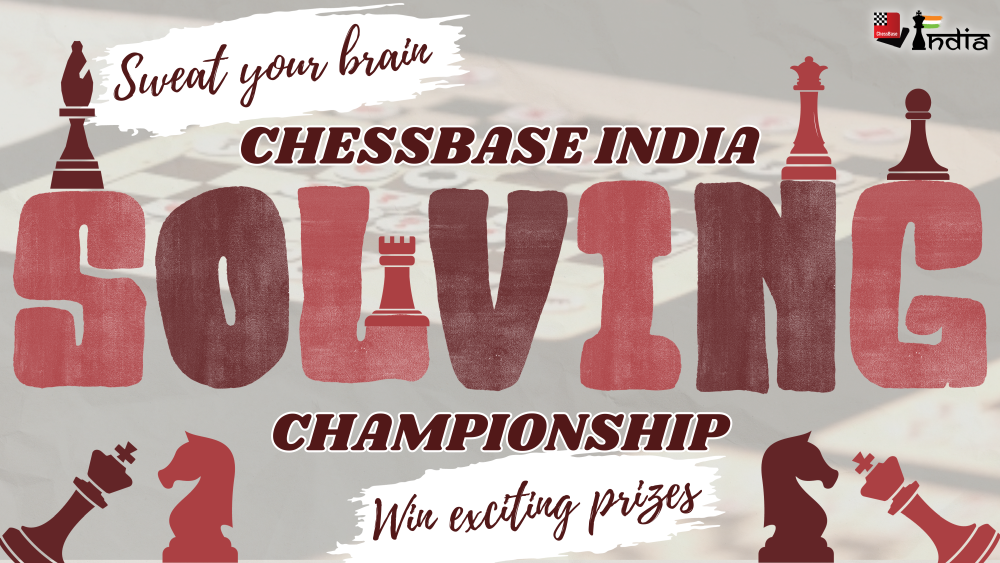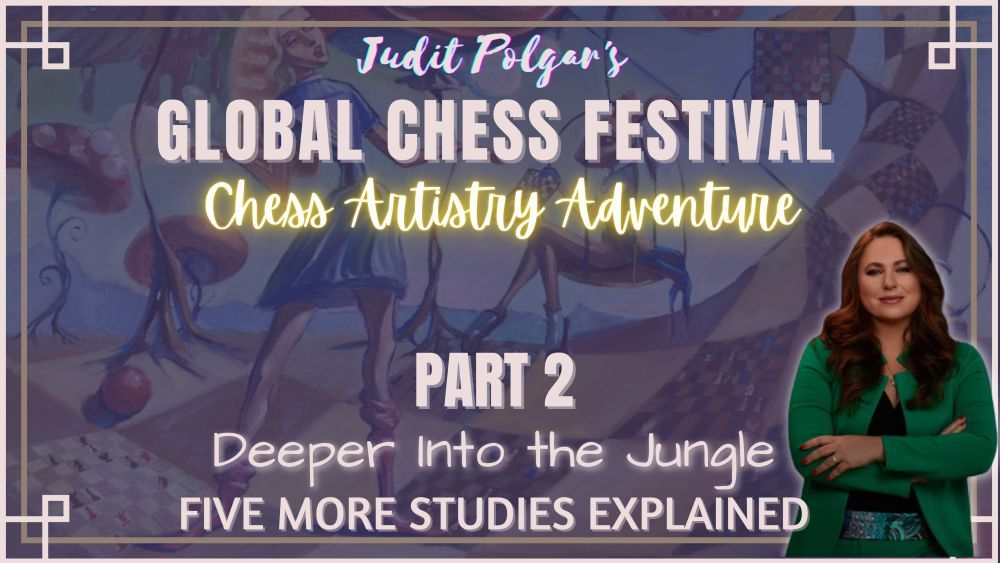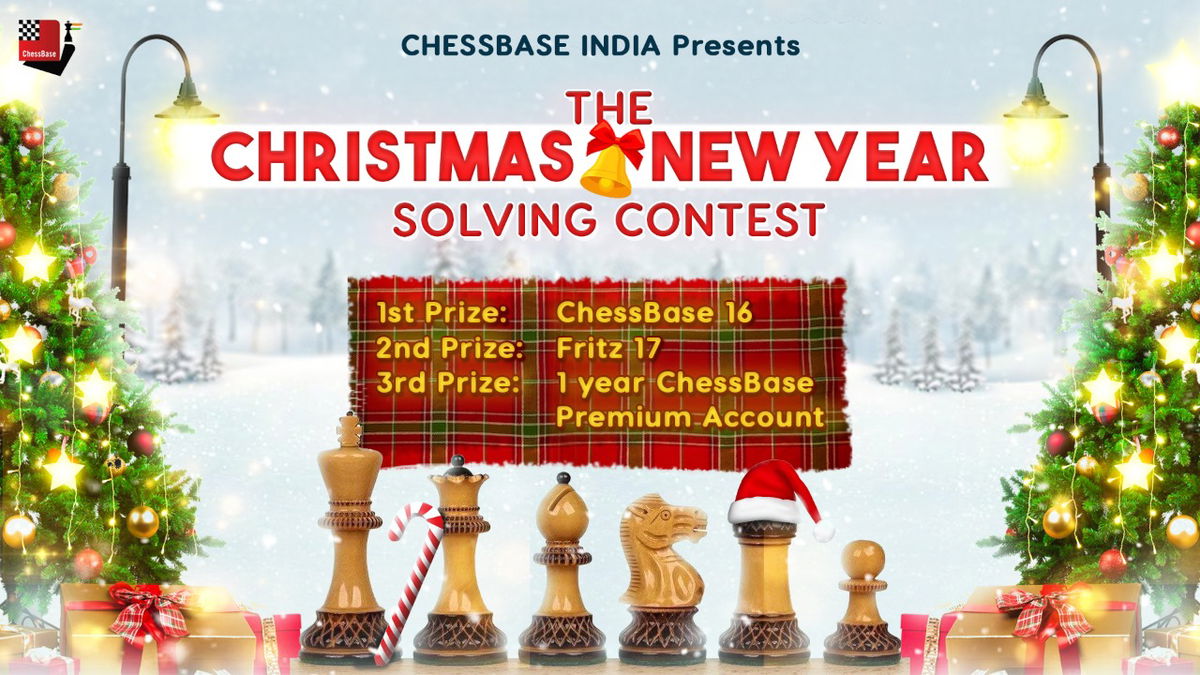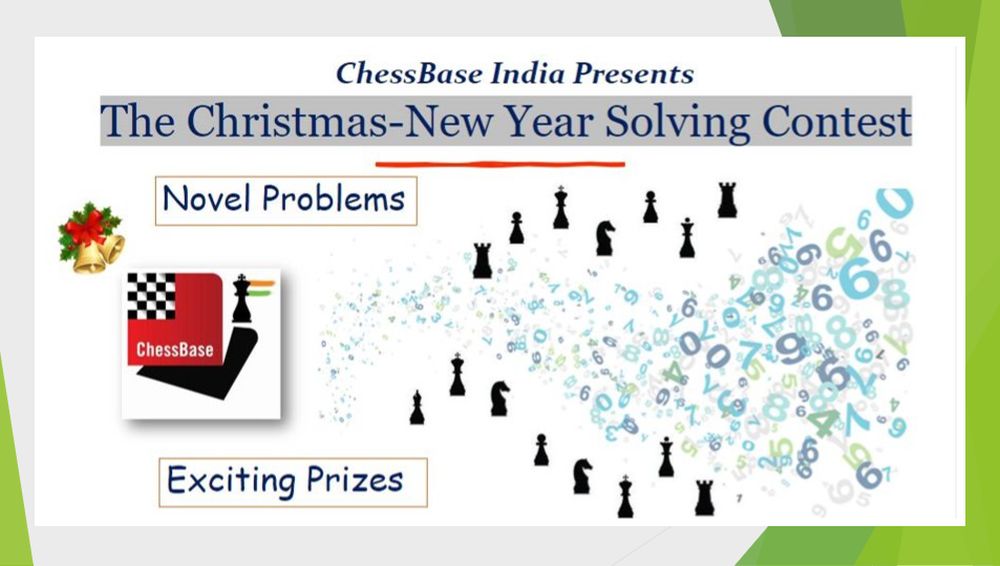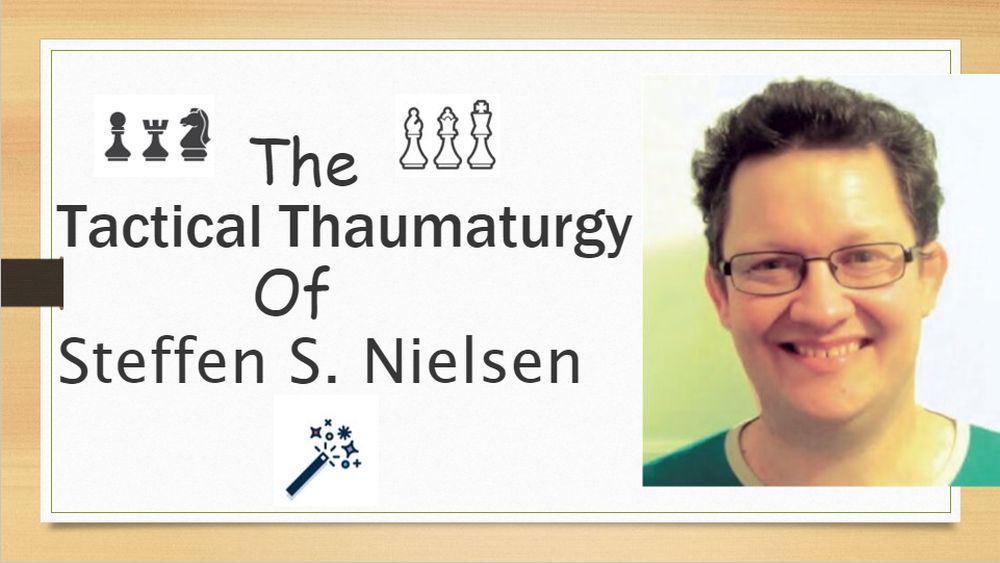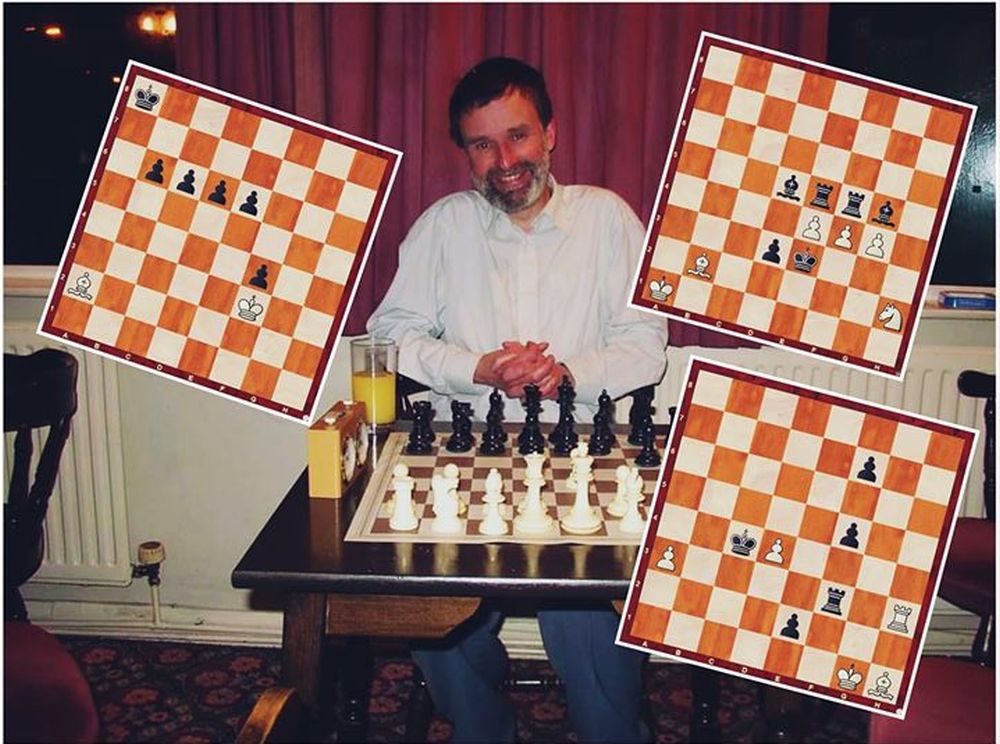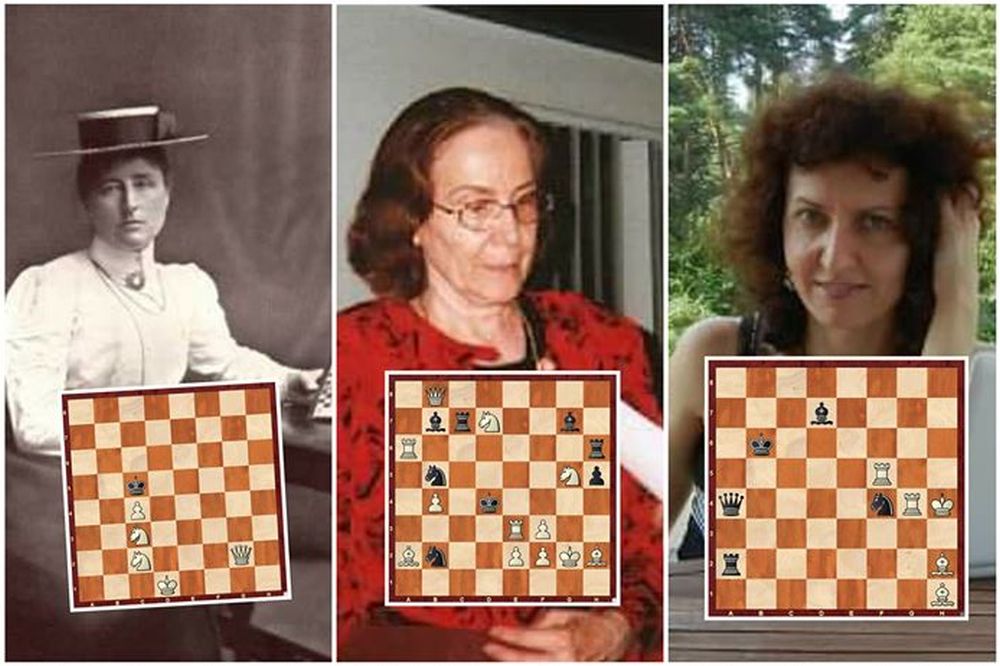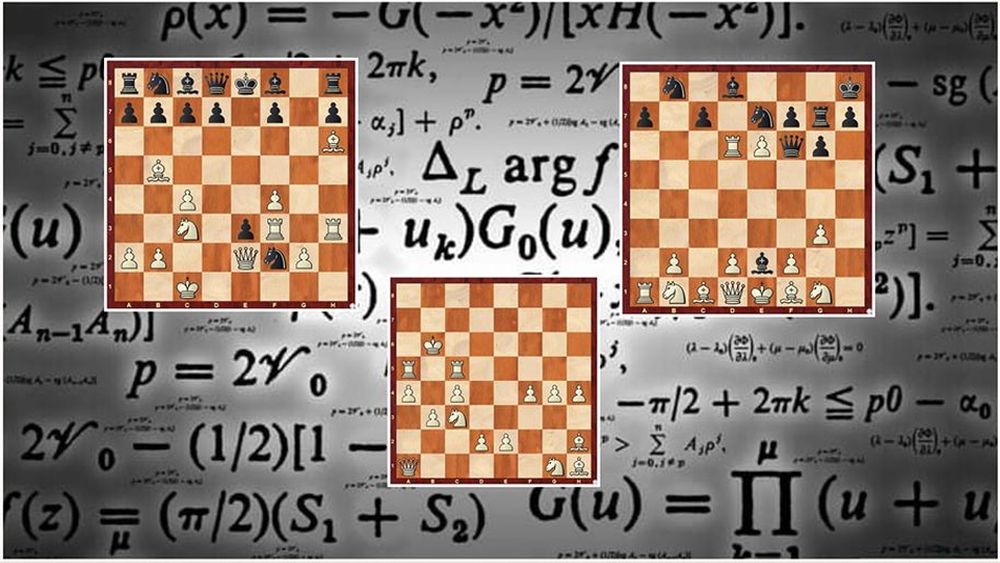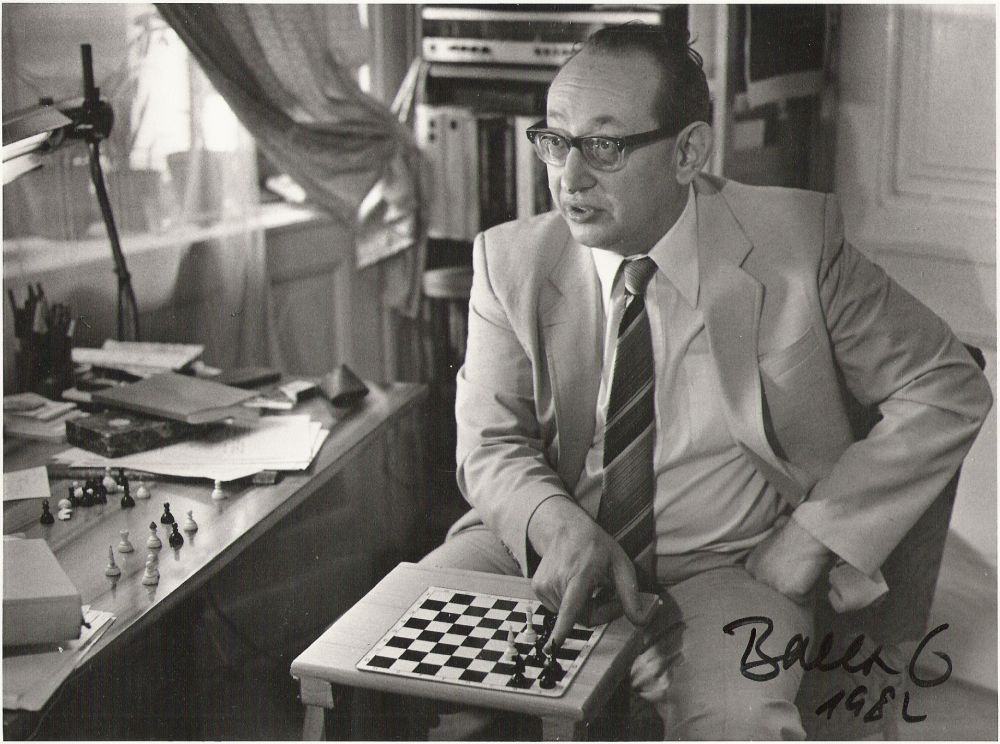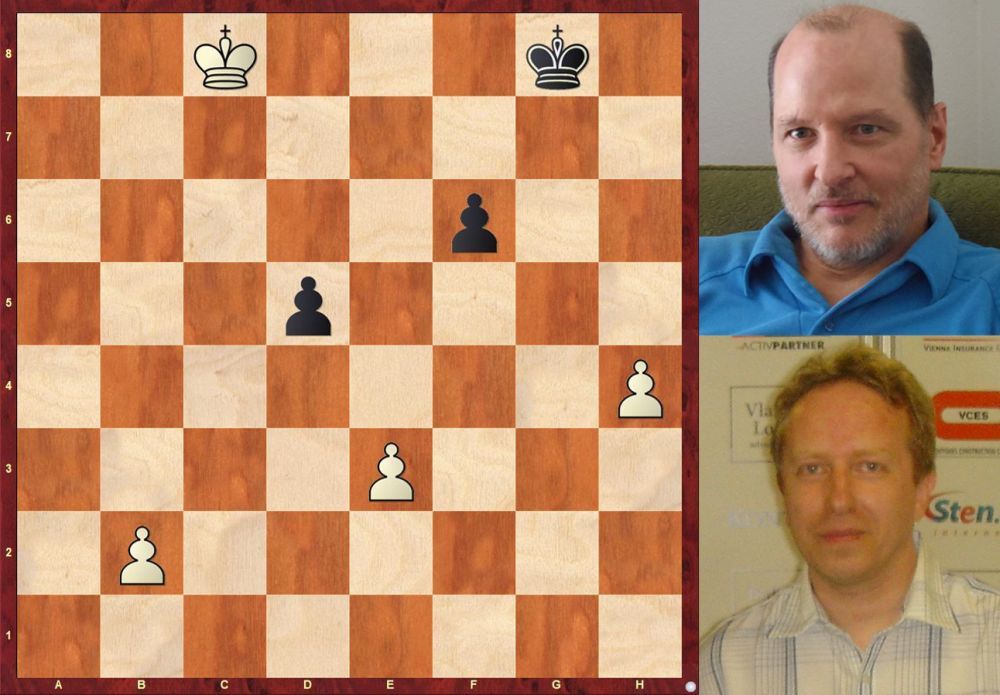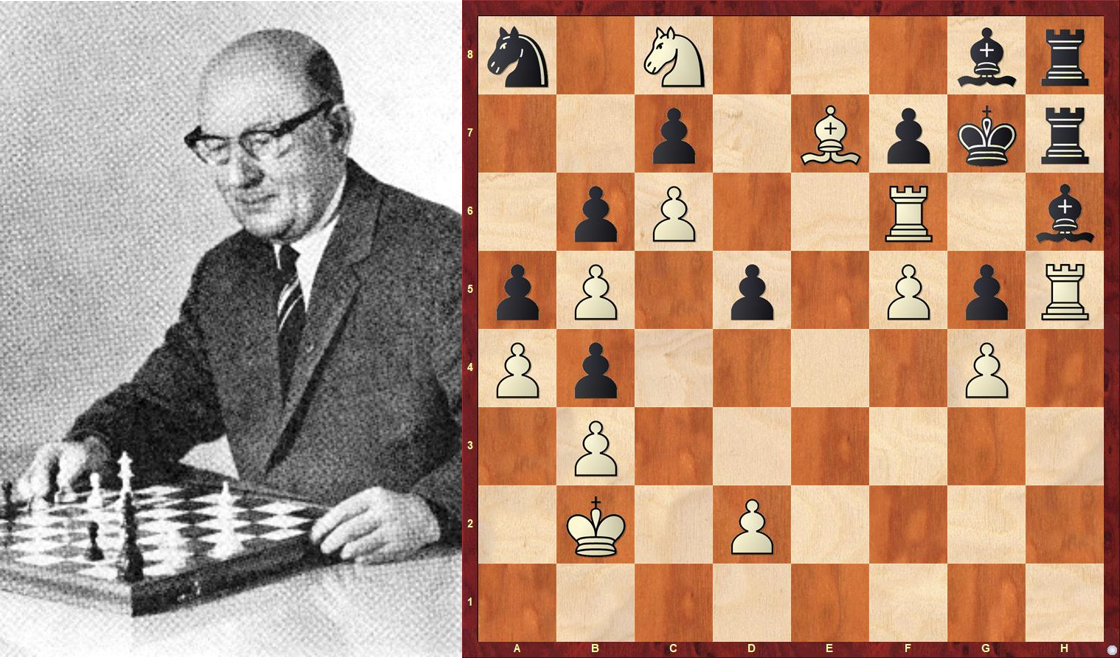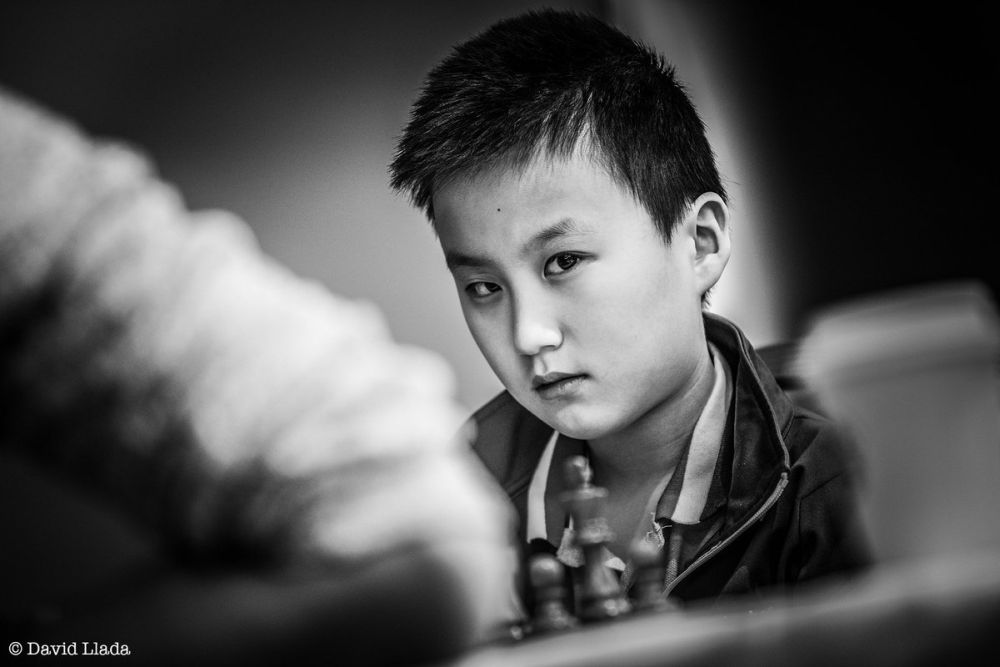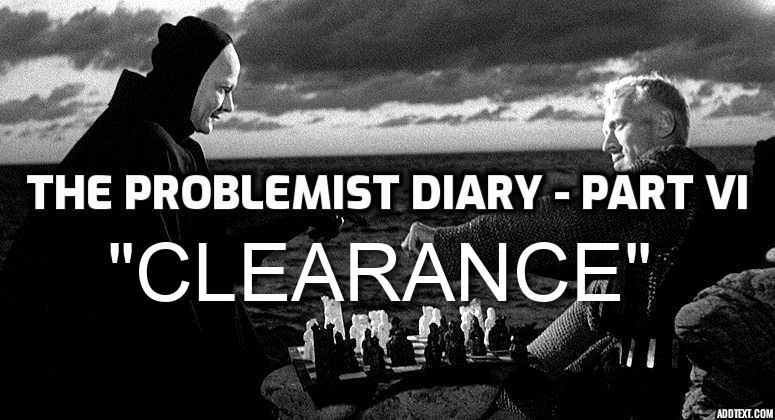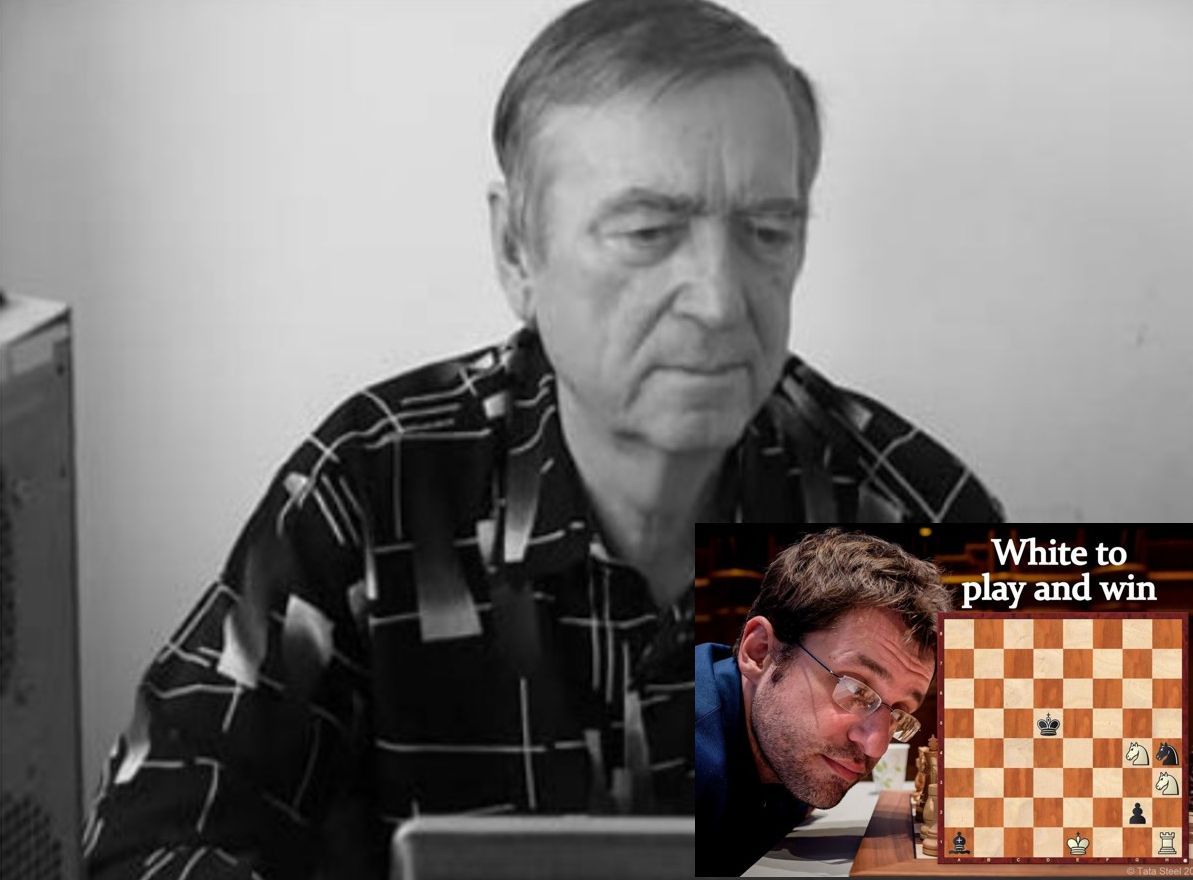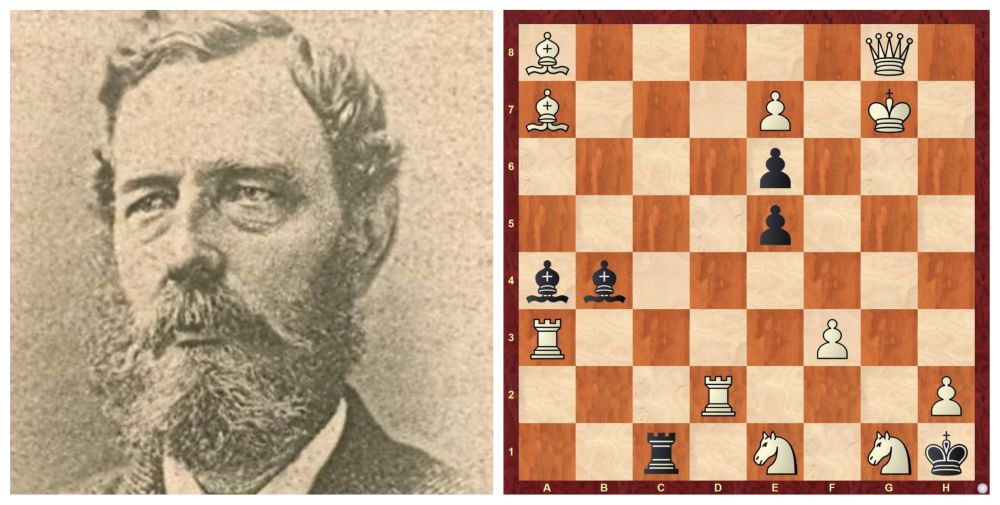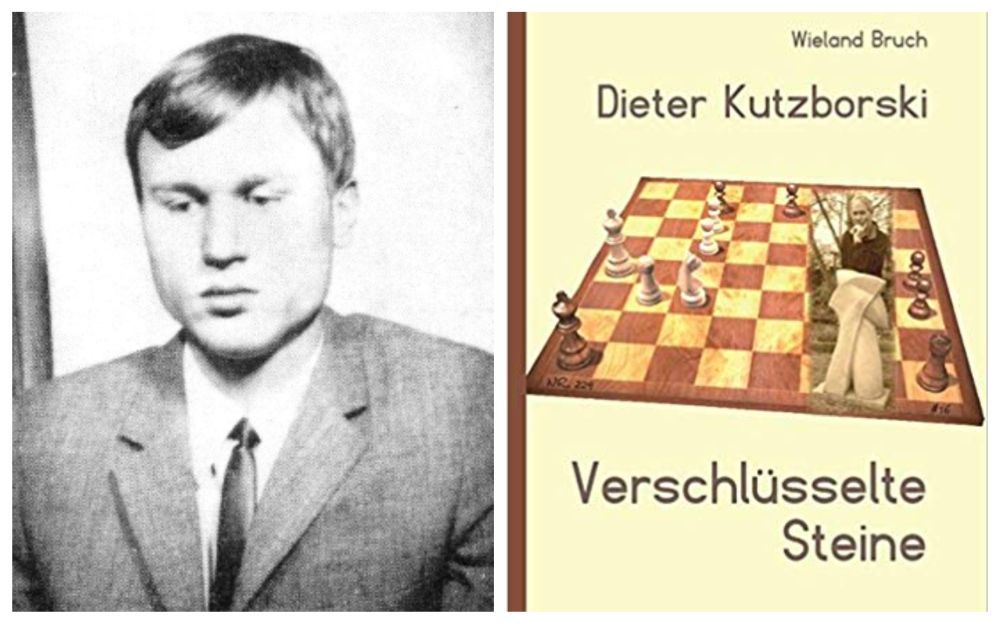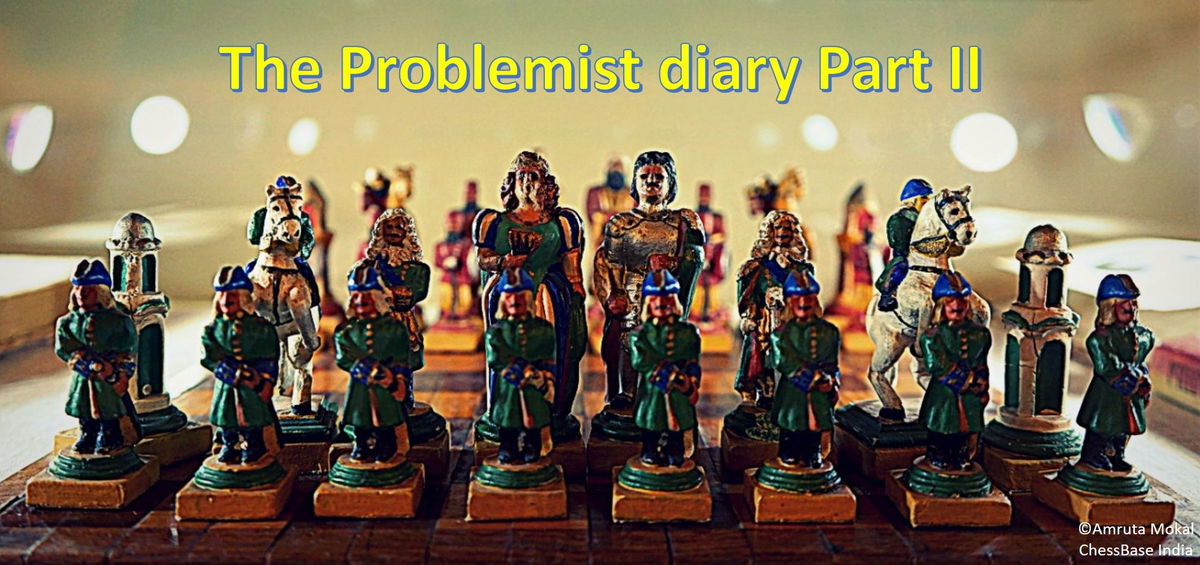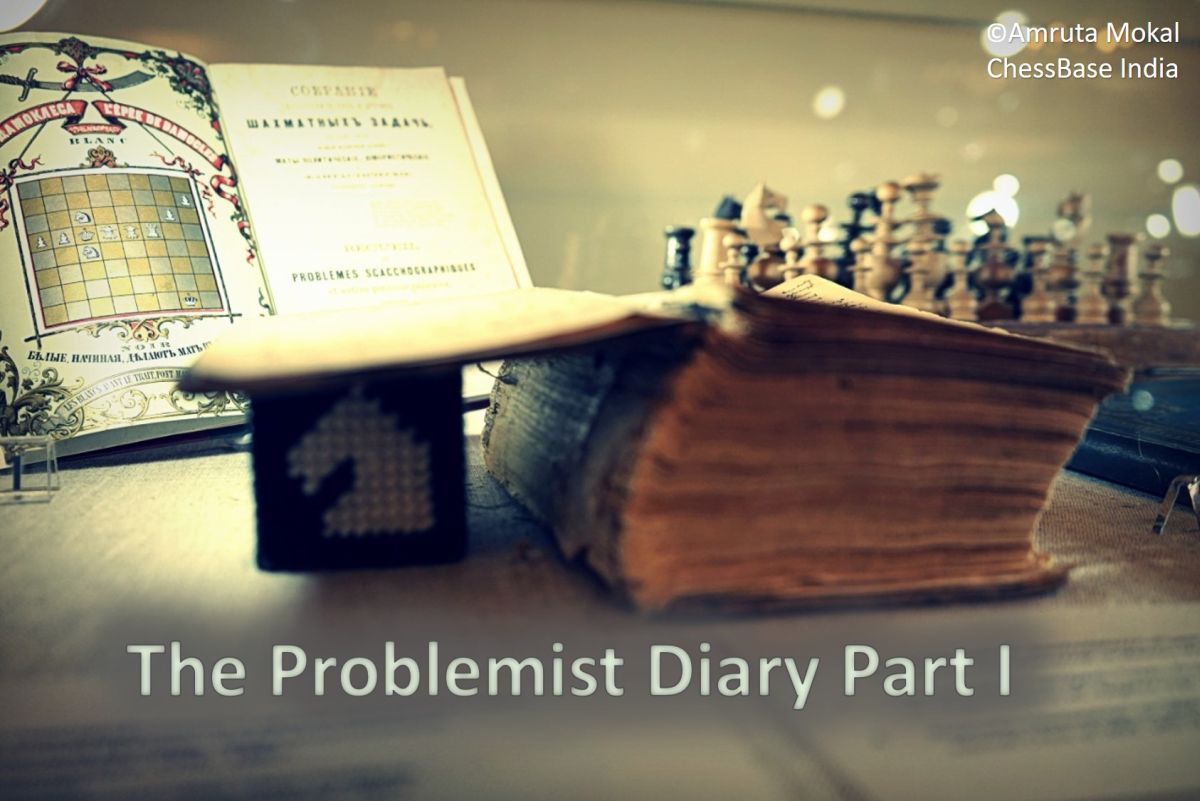Karthikeyan's helpmate puzzle explained
India's 38th Grandmaster Karthikeyan Murali is well-known in the chess fraternity to be someone with a unique knack for chess compositions and problems. He claims solving to be his primary area of interest and being a strong 2600+ GM of over-the-board chess he most certainly is a very capable solver, but it seems his competence as a composer too is quite something to be reckoned with. Earlier today he posted a curious chess position on twitter which he mentioned to have composed a few years back. In this article we unravel the intricacies of this unusual problem and try to understand what makes it so special. Before reading our analysis do make sure to understand the stipulation well and have a go at it on your own!
Karthikeyan shares a composition of his own!
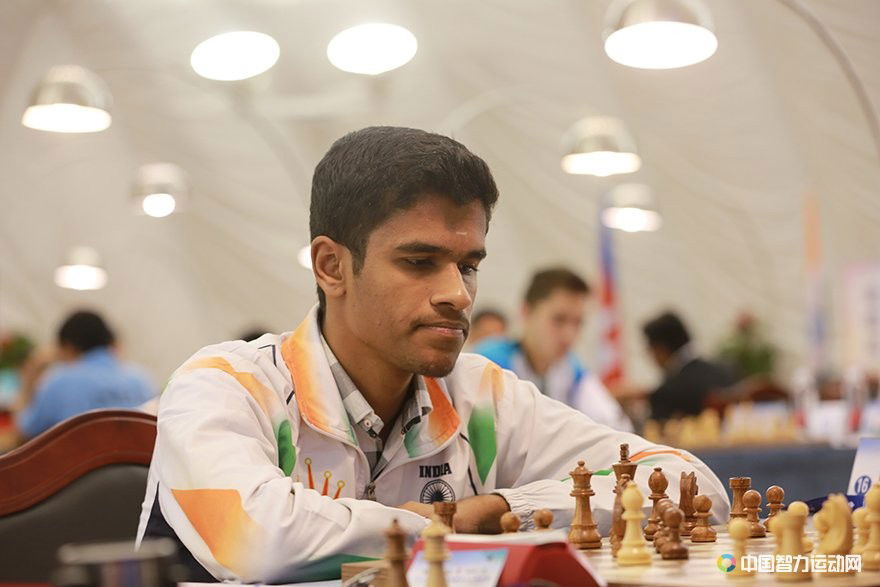
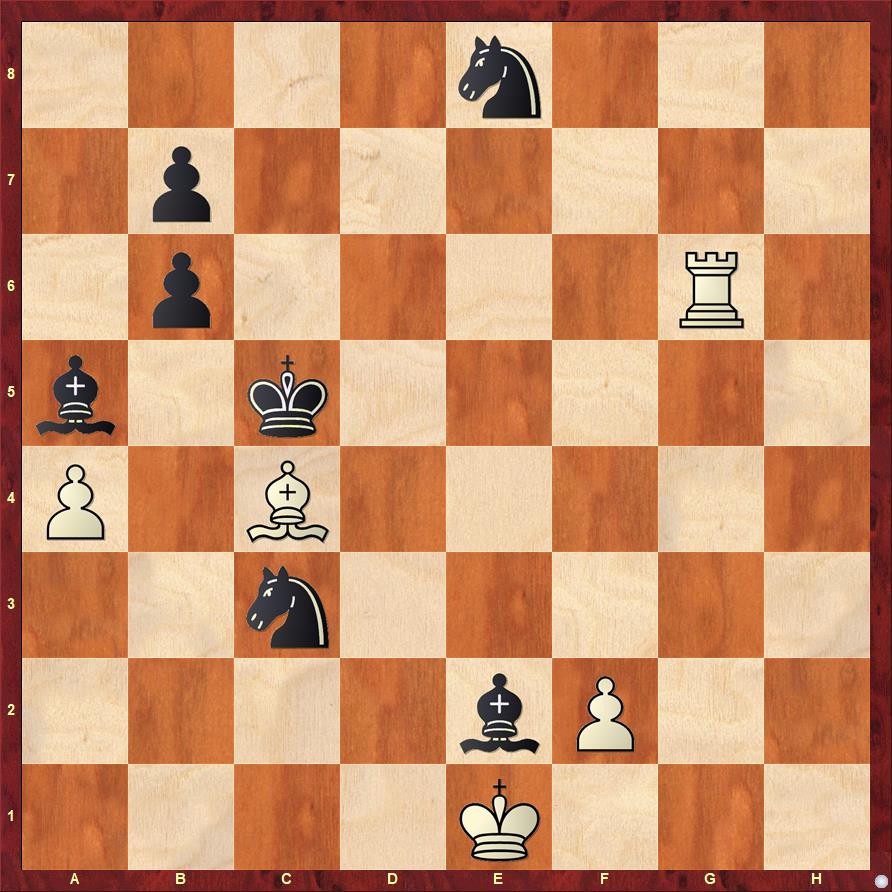
Here is his actual tweet:
But what is a "helpmate" you might ask. Well, helpmate is a type of chess problem where Black moves first and then the two sides cooperate in order to achieve the goal of checkmating the black king in the stipulated number of moves. Cooperation is the key word here, chess is commonly understood to be an adversarial game where both sides is in constant contest to get the better of one another. But in a helpmate they will always work in consonance to meet a common goal! Yes, a task like this is as far removed from the ordinary game of chess as one can imagine, but "merely" that shouldn't dissuade you from taking on one of these once in a while. Helpmate - or cooperative mate, as it is often referred to - is one of the most artistic genres of problem chess that there is. Jean Oudot, a notable French chess composer, had put it very eloquently: “Chess art is one degree of abstraction higher than the game of chess. In one sense we can say that the helpmate is the purest of all the chess arts, the nearest to art for art’s sake. If there exists somewhere, on an unknown planet, a race of beings who play chess and whose artistic inclination is stronger than their aggressive instincts, then it is probable that they will have invented the helpmate before the directmate”.
Now if we have successfully convinced you that solving a helpmate is indeed worth your time then let's move on and have a look at the position above. The stipulation here is achieved by an impressively clever ambushing of the bishop behind the rook: 1.Kd4 Bg8 2.Bc4 Bh7 (ambush) 3.Kd3 Rd6# (mate with double-check). Notice, since Black moves first in helpmates our solution is written in the format: 1.Black moves first, White responds 2.Black moves, White responds 3.Black moves, White mates. In addition to a nice ambush and battery effect observe that in the second move, Black moves his bishop to a square (c4) which White has just vacated. This is something known as an Umnov.
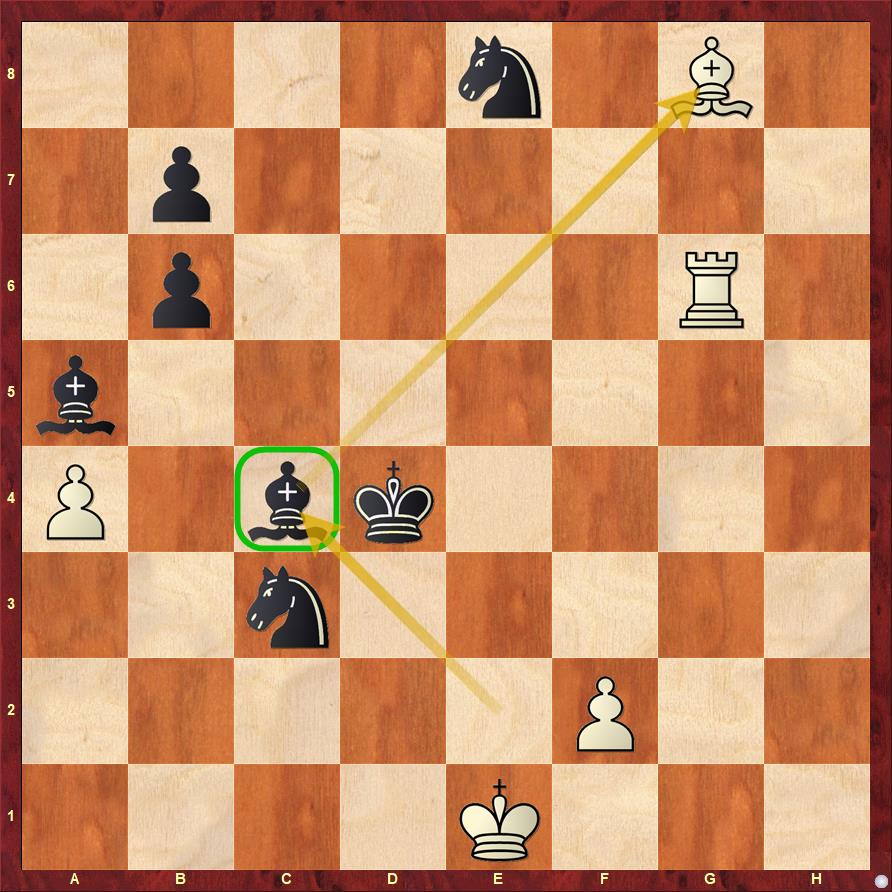
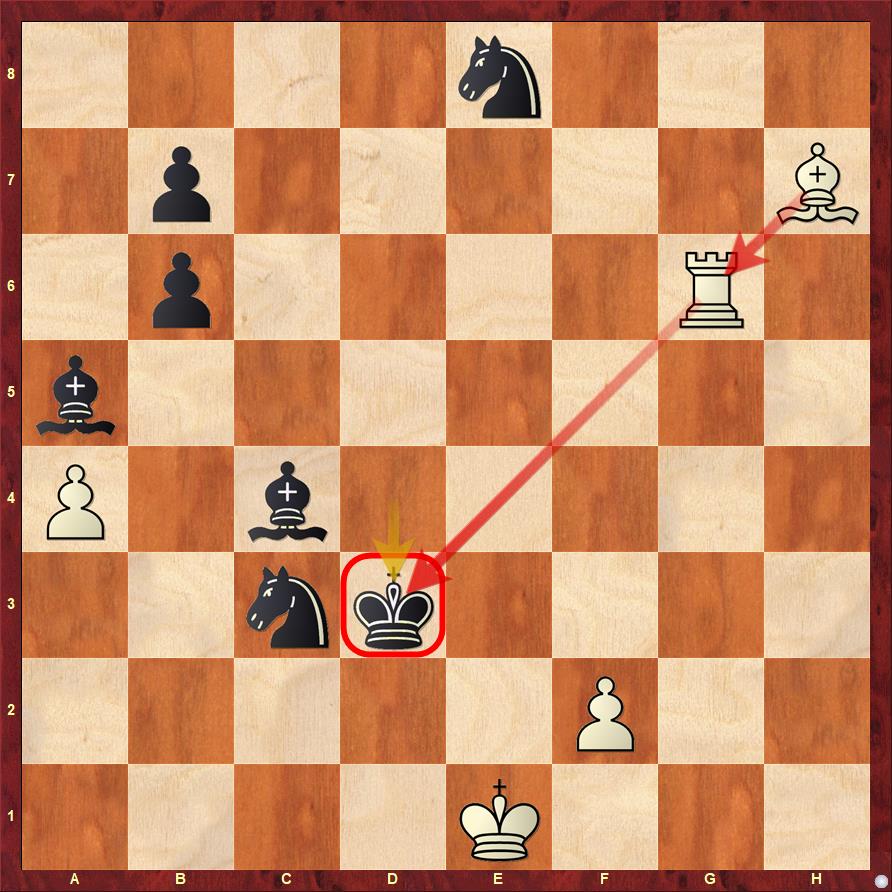
It is important to state here that the play in helpmates being cooperative in nature is a great deal simpler in that it lacks variations. In each turn the unique black move is only replied by another uniquely cooperative white move and thus no sidelines or variations are generated; unlike directmates where at every juncture even though White's move is unique, Black has several attractive defensive alternatives adding variation and richness to the overall solution. Helpmate composers therefore often compensate for this shortcoming by incorporating multiple solutions in their problem. But these multiple solutions (much like the variations of a directmate) are really not random but rather thematically connected. So, does the above problem have a second solution? It turns out that it indeed has, there is a nice homostrategic second solution to this problem that complements and fits in with the first one harmoniously.

In the second solution the white rook and bishop sort of exchange their roles: 1.Nd6 Rg3 2.Nd5+ Rc3 This time it is the white rook that hides behind the bishop and becomes also the Umnov piece 3.Kc6 Bb5# Battery double checkmate is delivered too but with the rook as the rear piece.
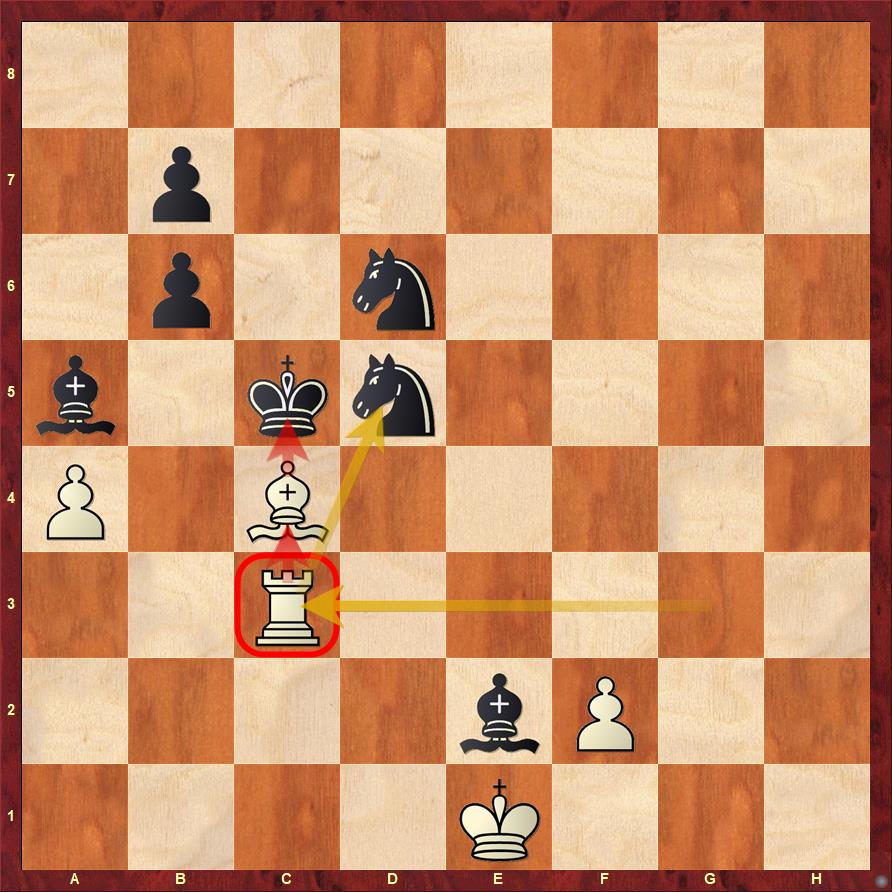
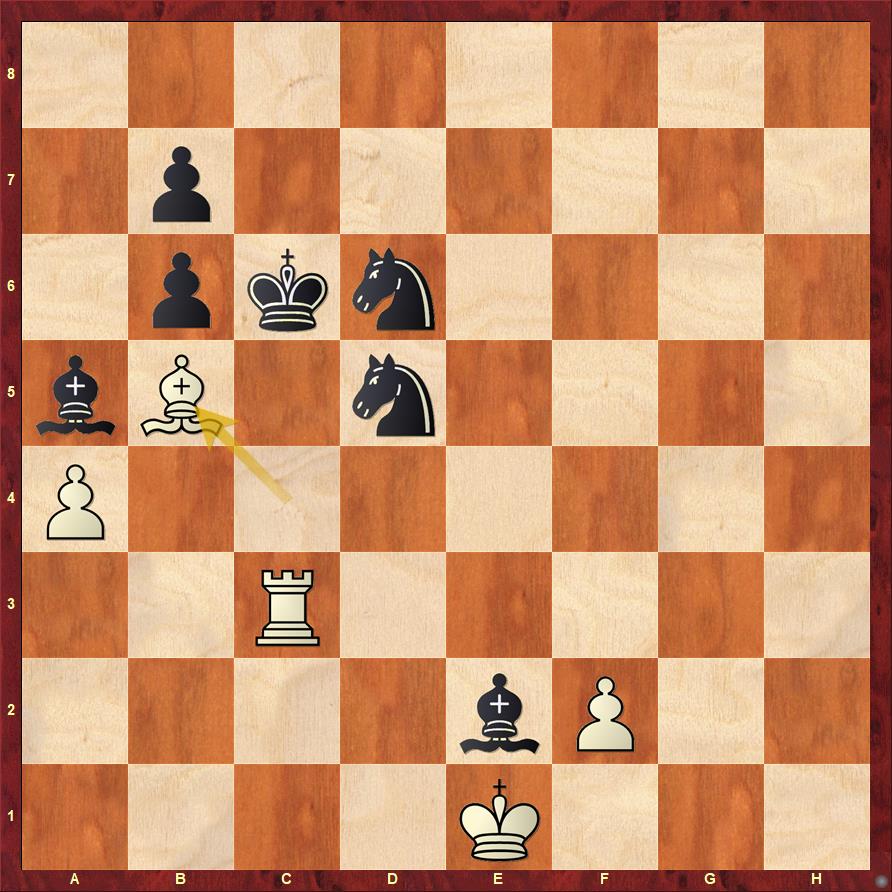

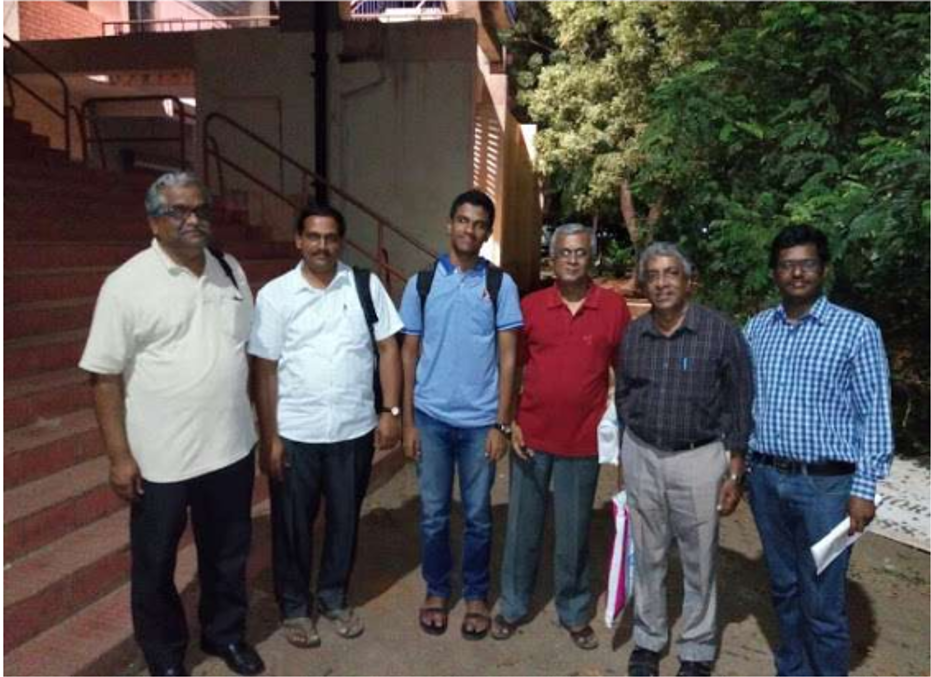
No matter how bizarre the aim of a helpmate task might appear, it is worth mentioning that many a chess player has indeed been enamoured by and has abused their talents in this rather rarified artform. The recently deceased Pal Benko himself was a reputed aficionado of this particular genre. If you want to get a hang of solving more of these then here's a bonus problem - a helpmate miniature - by Benko for you to solve:
Pal Benko 1970
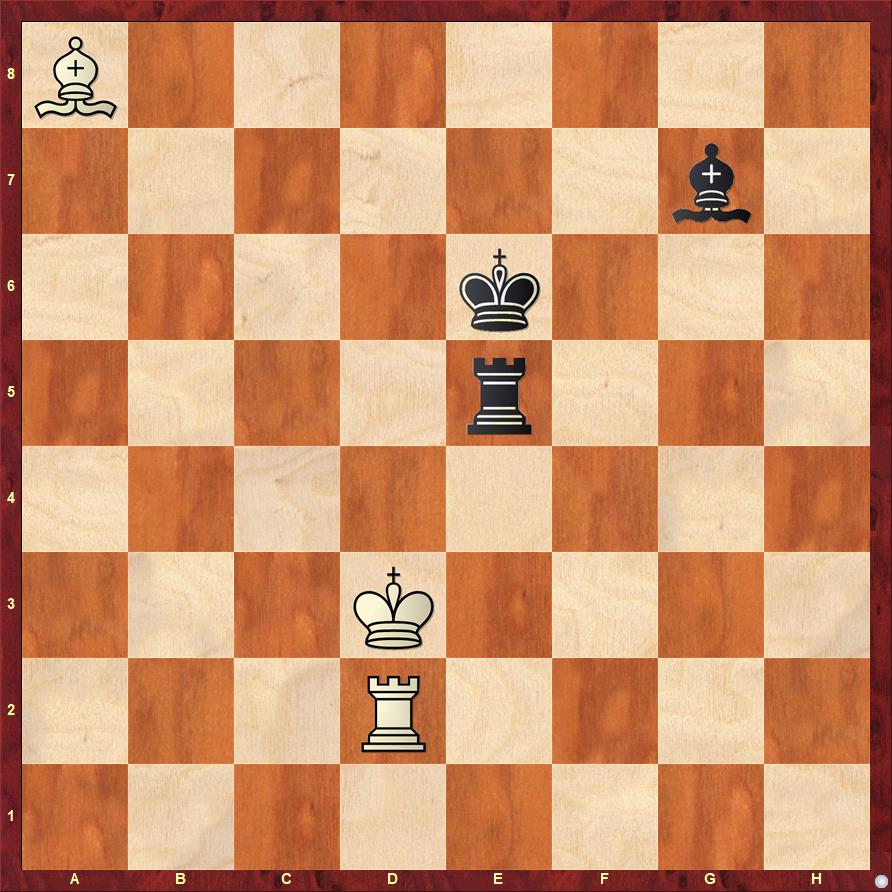
Interested in chess compositions and studies? Buy Yochanan Afek's Practical Chess Beauty!
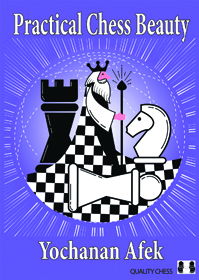
Yochanan Afek is an IM of over-the-board chess and GM of compositions. He shares a wealth of knowledge about study composing and chess aesthetics in this modern classic. Get it here.
About the author

Satanick Mukhuty is an author and social media manager at ChessBase India. He has a background in Mathematics. He is an avid enthusiast of composition chess and is sincerely committed to promoting it around the world.





